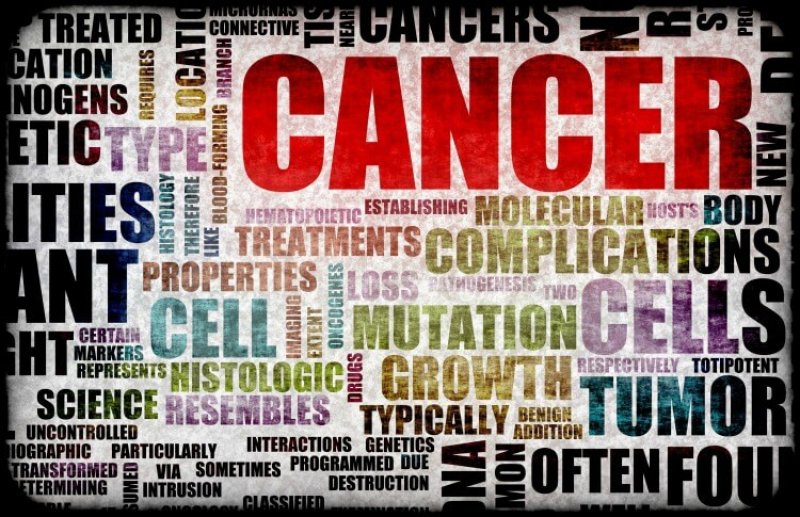It’s not every day that a scientific paper forces us to re-examine long-held views on a topic of great importance. Such a paper came out last week in the journal Science.
In the space of two-and-a-half pages, the mathematician Cristian Tomasetti and cancer geneticist Bert Vogelstein of Johns Hopkins School of Medicine present an elegant and thought-provoking analysis that may require revision of the reigning hypothesis of the past forty years, according to which most cancers are primarily due to mutations which are either inherited or caused by environmental exposures, such as smoking or certain viruses.
The starting-point for the analysis is the observation that the frequency at which cancer occurs in different tissues throughout the body varies dramatically. For example, cancer occurrence within the alimentary tract can vary by a factor of twenty-four (highest for the large intestine, lowest for the small intestine). There is more than a million-fold difference between the most common and the least common cancers occurring in humans. Such differences can’t be explained by differences in exposure to carcinogenic substances or by hereditary factors.
The authors posited that some proportion of cancers were due simply to random errors that occur during cell division when the genetic material (DNA) is copied. However, they reasoned that, since the stem cells, which maintain the architecture of different tissues, are much longer-lived than the majority of cells making up an organ, it is mutations in stem cells that are most likely to contribute to cancer.
If this is true, they reasoned, the number of stem cell divisions in a particular tissue over a human lifetime should be positively correlated with the lifetime risk of developing cancer in that organ. The researchers gathered the most reliable information available from previous research on stem cell number and divisions for 31 different tissues. Information on stem cell divisions was then plotted against data on cancer incidence in the U.S. (However, reliable stem cell data were not available for several tissue types, which happen to be tissues associated with common cancers, including breast, cervix, endometrium, prostate, bladder, and kidney).
Read full, original article: Most Cancers May Simply Be Due To Bad Luck































